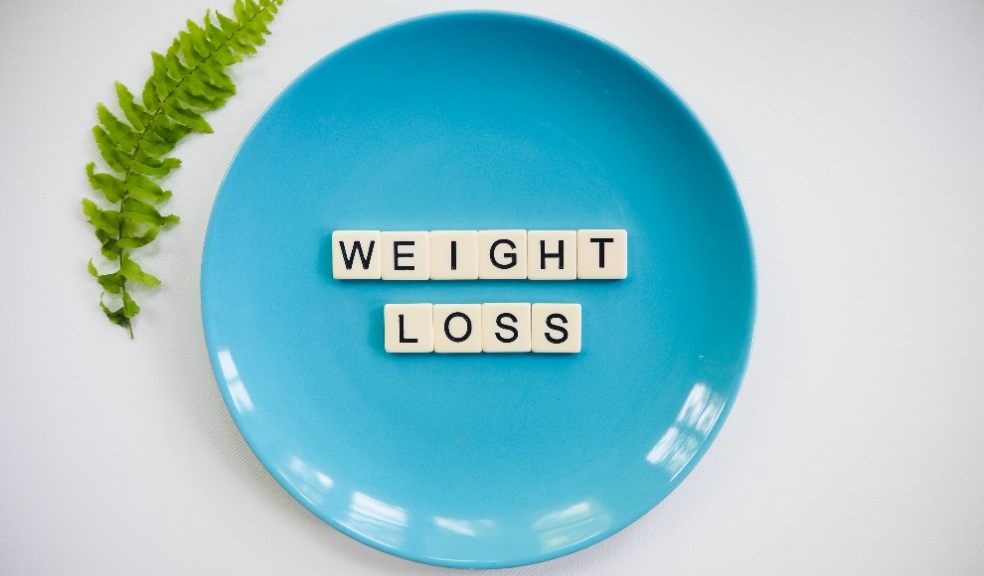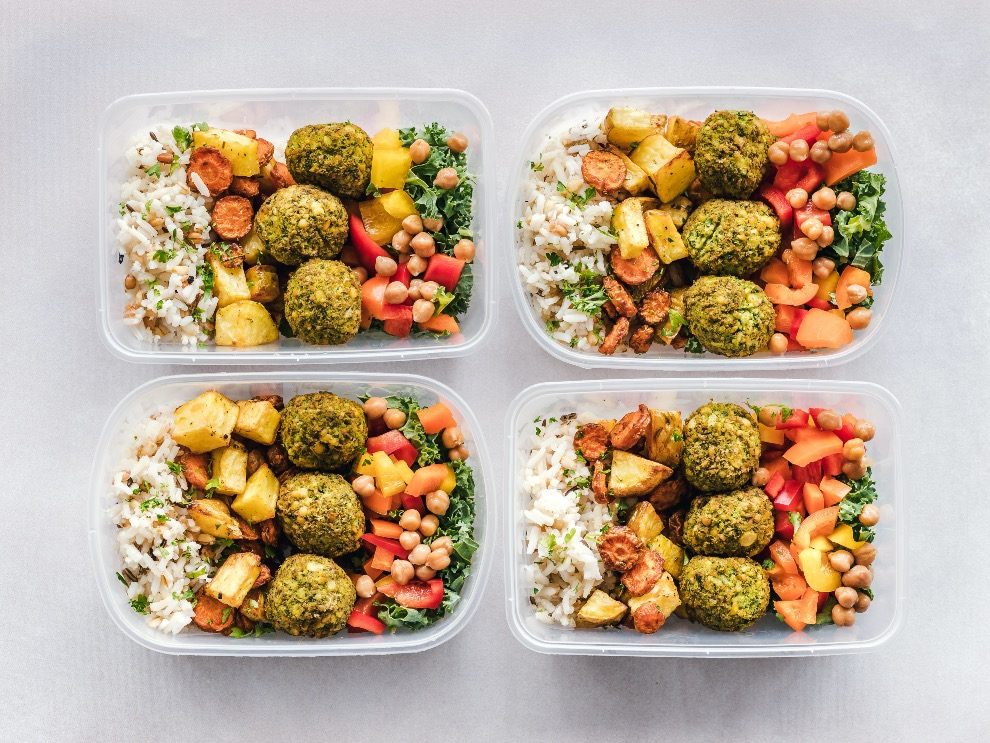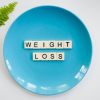
The Vertical Diet: Main Ideas, Rules and Effects
Each diet has its own rules, goals, purposes, and results. Some may aim at health improvement; some are created to avoid certain types of food or components, as for example vegan, vegetarian, sugar-free, or keto diet; some promote weight loss, some sustain the weight, and some help in weight gain. The latter are usually followed by people who workout professionally or just want to increase their muscle mass. Such diets are often accompanied by certain workout requirements and are less restrictive than those that aim at slimming down. The vertical diet is one of such muscle growth-boosting nutritional plans.
The concept of the Vertical diet
This nutritional plan was created by a bodybuilder and powerlifter – Stan Effering. The vertical dietis mainly focused on gaining muscle mass, but it claims to also promote gut health, hormonal and nutritional balance, boost recovery, stamina, and endurance. Its main food components are easily digestible macronutrients, red meat, and white rice. The central idea of this diet is to increase the calory intake, in order to effectively grow muscle tissues.
What to eat on the Vertical diet?
As was previously stated, the vertical diet consists mainly of white rice and meat, which are the primary sources of proteins and carbs, making up the most part of the consumed calories, and foods that are easy to digest in big amounts. It includes a moderate quantity of salmon, chicken stock, whole eggs, nuts, sweet potatoes, spinach, carrots, apples, cranberries, and yogurt, which enrich the plan with vital nutrients and make this diet more balanced.
What foods to avoid?
The vertical diet has certain food restrictions as well. Keep away from legumes, brown rice, cauliflower, Brussels sprouts, broccoli, cabbage, kale etc., as they are rich in FODMAPs, which may cause some digestive problems. You should also cut on vegetable and seed oils, such as corn, cottonseed, canola, safflower, and sunflower oil. Also minimize the consumption of starchy foods, and those that are high in slow-digesting carbs, in order to prevent bloating.
The vertical diet meal plan
Depending on your training plan and calory needs, your meal plan can include three or four meals plus snacks. Here is a sample plan for three days of the vertical diet:
Day 1
Breakfast: eggs scrambled with cheese, spinach, red peppers, and bone broth; boiled potatoes, and a cup of cranberry juice.
Brunch: ground sirloin beef and white rice, a cup of orange juice.
Lunch: ground bison with white rice, sweet potato, and bone broth; a cup of orange juice.
Snack: whole milk and baby carrots.
Dinner: grass-fed steak with white rice, zucchini, potatoes, and bone broth, a cup of cranberry juice.
Day 2
Breakfast: eggs scrambled with cheese, red peppers and spinach; raw baby carrots and almonds and a cup of cranberry juice.
Brunch: chicken breast with white rice, sweet potato, bone broth, one orange.
Lunch: wild Alaskan salmon with white rice, spinach, peppers, and chicken broth; baby carrots and a cup of orange juice.
Snack: Greek yogurt and berries.
Dinner: grass-fed steak with rice and a cup of cranberry juice.
Day 3
Breakfast: eggs scrambled with cheese, spinach, and red peppers; oats with yogurt, milk, honey, and nuts.
Brunch: chicken breast with sweet potato and a cup of orange juice.
Lunch: ground sirloin steak with white rice, peppers, and chicken broth; a cup of cranberry juice.
Snack: Greek yogurt and baby carrots;
Dinner: grass-fed steak with white rice, sweet potatoes and chicken broth, a cup of cranberry juice.
The vertical diet recipes
Diet meals do not always have to be boring and tasteless. The following dishes will lighten your meal plan with the firework of taste and turn your dieting experience into a wonderful gastronomic journey.

Wild salmon vegetable bowl
Ingredients for 2 servings:
- 10 oz (approximately 280g) of poached or canned wild salmon
- One large courgette
- Two carrots
- Two cooked and diced beetroots
- Two tablespoons of balsamic vinegar
- A dash of chopped dill
- Two tablespoons of rinsed in vinegar capers
Instructions:
- Julienne the courgette and carrots, and put on a plate.
- In a small bowl mix the beetroots, balsamic vinegar, and chopped dill, and put on top of the vegetables.
- Spread the chunks of the salmon over the salad and sprinkle with capers.
Chilli ginger lamb chops
Ingredients for 2 servings:
- Four lamb chops
- Half of a tablespoon of grated ginger
- Half of a tablespoon of lemon juice
- Half of a tablespoon of olive oil
- Half of a teaspoon of chili powder (if you don’t like spicy food, you can add less powder)
- Half of a teaspoon of cumin
Instructions:
- Thoroughly mix the ginger, lemon juice, olive oil, chili powder, and cumin in a small bowl.
- Spread the mixture all over the lamb chops and leave to marinate overnight or for a couple of hours.
- Barbecue the chops over the coals for 3 minutes on each side, until medium done.
Effects of the vertical diet
The vertical diet decreases the amount of processed foods and carbs that have a negative effect on your digestion and substitutes them with those that boost the processes of your gut. It increases energy and reduces the feeling of hunger in order to decrease the percentage of body fat mass while adding to the process of muscle growth. However, the repetitiveness and lack of variability may lead to a nutrient deficiency in the long run, if only you don't calculate in advance all the necessary nutrients which you should add to your meal plan in a form of allowed foods.
Conclusion
The vertical diet was created on the expectation of regular workout and optimal sleep. In order to reach a desired result, you need to incorporate all three of those factors into your daily life. As this dietary plan aims mainly on muscle growth, it may not be the best variant for weight loss. The planning and preparation of meals may take some time, as in order to keep it well-balanced you need to calculate which foods that act as your nutrient supplements you should include in each meal. Keep in mind, that following any nutritional plan requires a consultation with your doctor. For more information about diet plans, take a look at this post from Proper Good titled "What is Lazy Keto".
DISCLAIMER: This article is intended for general informational purposes only and does not address individual circumstances. It is not a substitute for professional advice or help and should not be relied on to make decisions of any kind. Any action you take upon the information presented in this article is strictly at your own risk and responsibility!

















